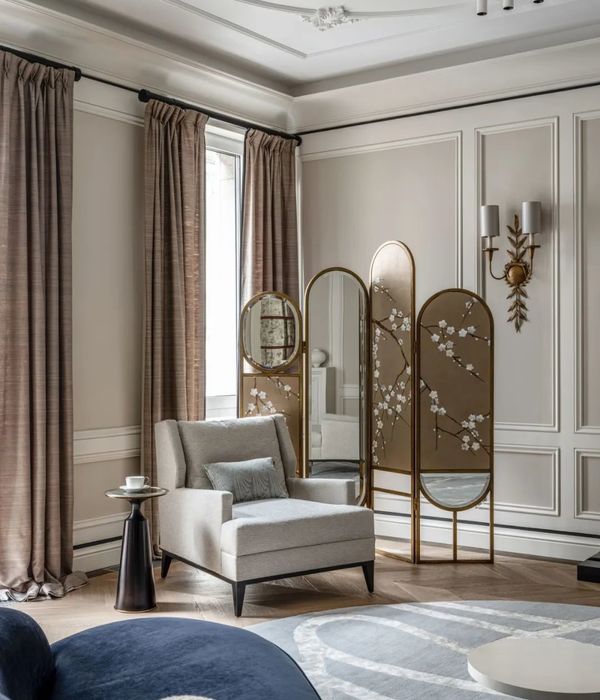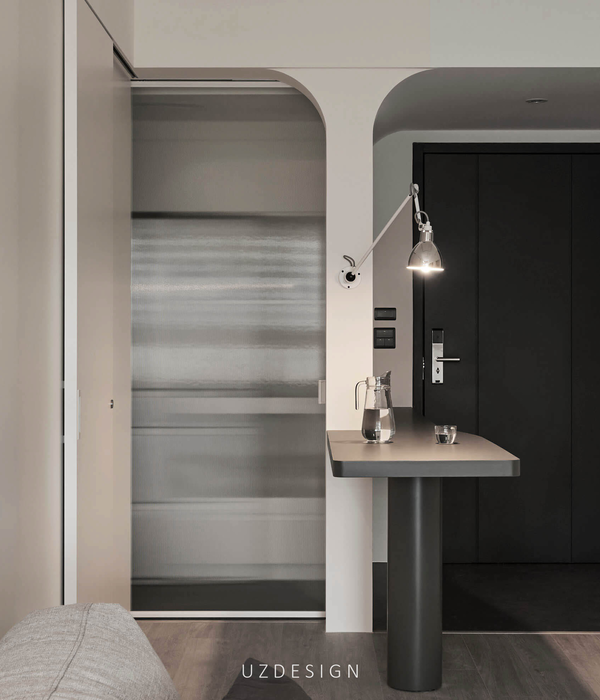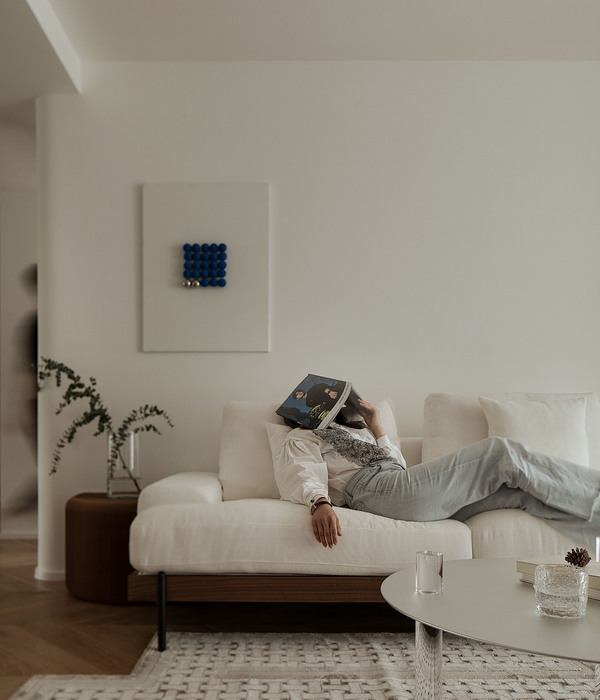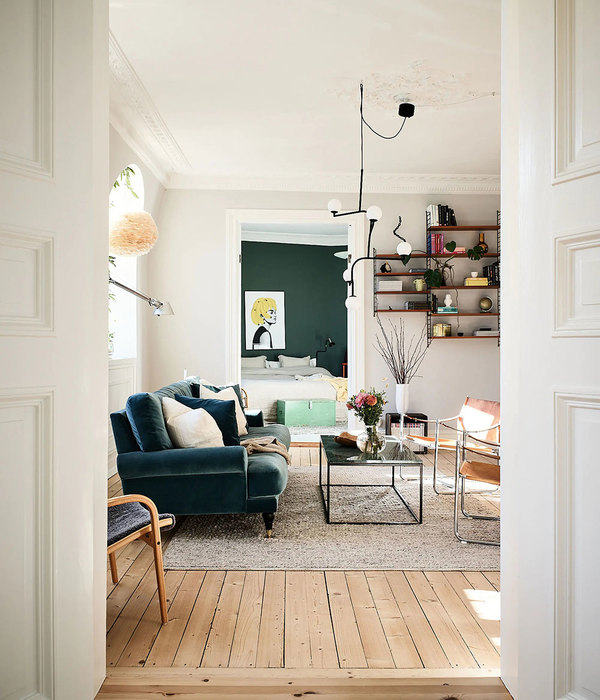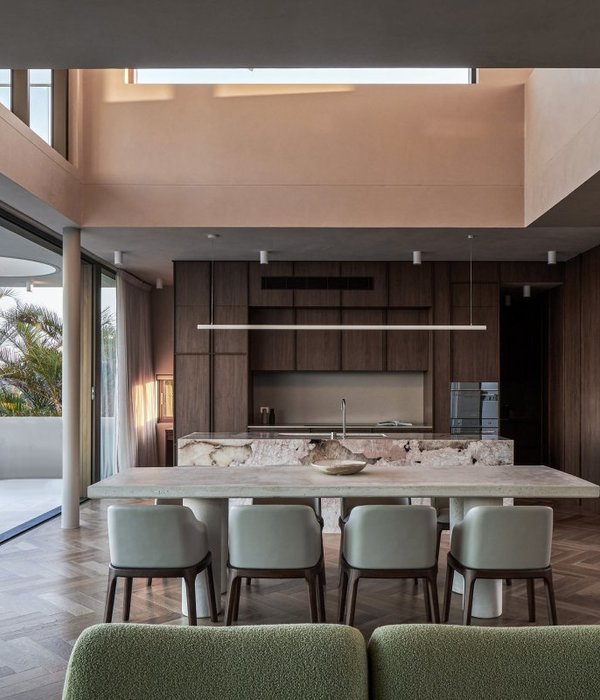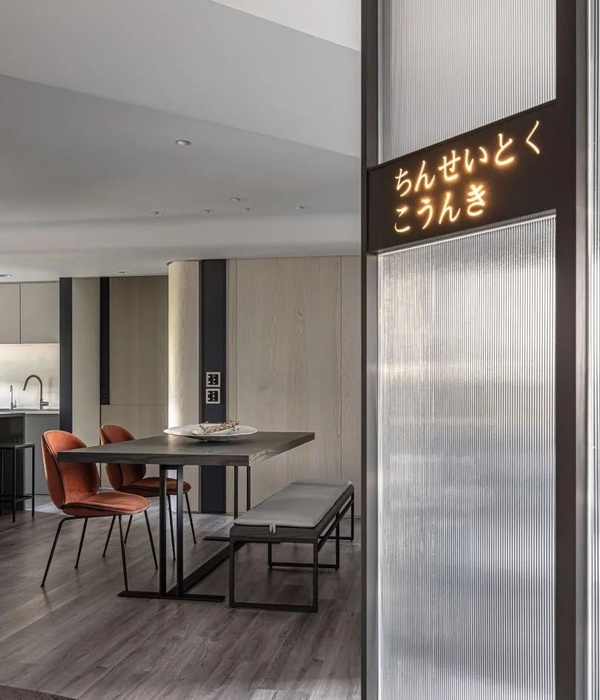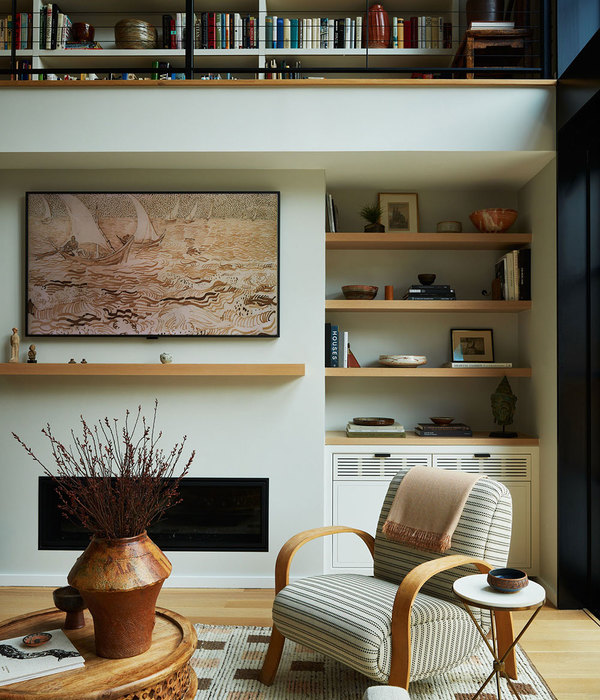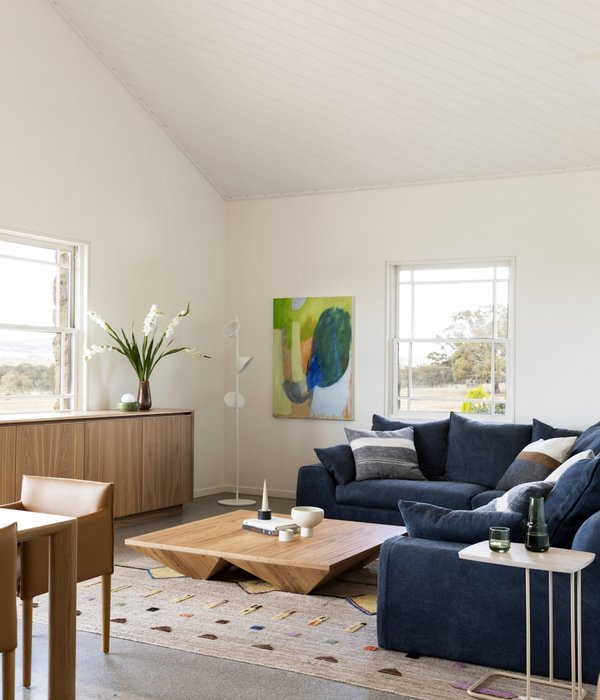慈云寺米市街龙门浩历史文化街区枣子湾片区位于重庆市南岸区涂山镇,地处长江、嘉陵江交汇点一侧,与繁华的渝中半岛隔江相对,与江北嘴、朝天门形成鼎立关系,构成重庆具有特色的山水人文景观。
Zaoziwan Area of Ciyunsi-Mishijie-Longmenhao Historical and Cultural Block is located on the side of the intersection of the Yangtze River and Jialing River, opposite to the bustling Yuzhong Peninsula across the river, forming a confrontation with Jiangbeizhui and Chaotianmen, forming Chongqing’s characteristic landscape.
▼项目主入口夜景,night view of the main entrance area of the project ©重庆博建建筑规划设计有限公司 吴进
在规划设计之初就定下设计原则: 充分尊重原始场地高差及原有场所精神,以 “门”、“巷”、“阶”、“坝”、“院”这五个最具重庆特色的设计语言向广大市民传达出项目的设计理念:保留、复苏、创新。景观设计在设计过程中,对原始场地进行了极其充分全面的实地调研及踏勘,完整保留了原始场地的山水格局,并针对这一区域所有的历史文化遗迹进行专项研究、对于场地内现存的历史文化遗迹进行精心修复及保留,对于以前在场地内,但是遗迹已经完全损毁不在的,进行充分调研,根据调研资料进行原址复建,所有复建及修复工法及材料都完全参照最初的做法。达到修旧如旧,留住“山城记忆”的设计目的。
▼总平面图,site plan ©重庆博建建筑规划设计有限公司
At the beginning of the planning and design, the design principle of retention, recovery, innovation was set. fully respect of the original site and the spirit and the design concept of the project were conveyed to the general public in the five most distinctive design languages of Chongqing: gate, lane, step, dam and courtyard. In the process of landscape design, the original site has been fully investigated and surveyed, and the landscape pattern of the original site has been completely preserved. All the historical and cultural relics in this area have been specially studied, and the existing historical and cultural relics in the site have been carefully repaired and preserved. For the former site which relics have not been completely damaged, full investigation was carried out, and the original site was reconstructed according to the investigation data. All reconstruction and repair methods and materials were fully referred to the original practice so as to achieve the purpose of repairing the old as the old and keeping the “mountain city memory”.
▼项目主入口夜景,达到修旧如旧、留住“山城记忆”的设计目的,night view of the main entrance area of the project, achieving the purpose of repairing the old as the old and keeping the “mountain city memory” ©重庆博建建筑规划设计有限公司 吴进
本项目片区内地形坡度较大,表面起伏,高低错落,便于形成丰富的空间层次和山城独有的人文景观,在场地的各个交通引入节点上,景观设计了各种形态代表各个时期重庆建筑特色的 “门”。根据原始地形高差及场地内建筑的各层竖向标高,规划出一条主街道,两条传统小街巷。其中主街道两侧传统巴渝建筑、开埠建市时期建筑、抗战陪都时期建筑交替出现,有丰富的历史文化、民族风貌特征。而传统的小街巷则体现出山城独有的高差变化大,路径曲折的特点。
▼剖面图,利用场地高差形成丰富的空间层次和山城独有的人文景观,section, forming a rich spatial level and unique cultural landscape of mountain city by making use of the terrain gradient ©重庆博建建筑规划设计有限公司
In the project area, the terrain gradient is large, the surface is undulating, and the height is scattered, which is convenient to form a rich spatial level and unique cultural landscape of mountain city. On each traffic node of the site, various forms of “doors” representing the architectural characteristics of Chongqing in each period are designed. According to the height difference of the original terrain and the vertical elevation of each floor of the site, a main street and two traditional alleys are planned. On both sides of the main street, the traditional Chongqing buildings, the buildings in the period of port opening, and the buildings in the period of Anti-Japanese War alternate, with rich historical and cultural features and national features. The traditional streets and alleys reflect the unique characteristics of the mountain city, such as big height difference change and zigzag path.
▼主街夜景,两侧的建筑按照时期交替出现,night view of the main street with the buildings of different periods on its both sides ©重庆博建建筑规划设计有限公司 吴进
▼主街竖向交通夜景,老石板路成为街巷内主要的交通方式,night view of the vertical circulation in the main street area, the old flagstone road has become the main mode of transportation in the streets ©重庆博建建筑规划设计有限公司 吴进
各个场地内的原始自然植被较为丰富,场地内所有乔木得以精心保留,并使其自然的点缀于各个景观空间节点的“院”与“坝”上,人与自然有机融合,在人文环境方面人与自然和谐共生,体现中国传统,注重山水环境与场地建筑自身的关系,依山就势,依街而生,受地形影响,老石板路成为街巷内主要的交通方式,老青石台阶则成为竖向联系的重要手段,曲折变化、意趣横生,给人良好的步行空间享受。
The original natural vegetation in each site is relatively rich, and all the trees in the site are carefully preserved, and the natural ornament is made on the “courtyard” and “dam” of each landscape space node. By this way, human and nature are organically integrated. In terms of human environment, human and nature live in harmony, reflecting the Chinese tradition, paying attention to the relationship between the landscape environment and the site building itself, depending on the mountain and the street Influenced by the terrain, the old flagstone road has become the main mode of transportation in the streets and lanes, while the old bluestone steps have become an important means of vertical connection, with twists and turns and interest, giving people a good enjoyment of walking space.
▼竖向交通,the vertical circulation ©重庆博建建筑规划设计有限公司 吴进
▼栈道交通,老青石台阶成为竖向联系的重要手段,the plank road, the old bluestone steps have become an important means of vertical connection ©重庆博建建筑规划设计有限公司 吴进
历史街区的形成与其所处环境密不可分,尊重并保护好历史街区的外围环境是保护的首要前提。本项目除了建筑“修旧如旧”以外,更是细心呵护枣子湾所处自然环境,不因工程建设而破坏山体,工程中尽可能少的修建施工便道,建筑材料均采用传统的骡马驮运方式进行运输,从而最大限度地保留了历史建筑的原生环境资源。
The formation of historical block is closely related to its environment. The first premise of protection is to respect and protect the surrounding environment of historical block. In addition to the construction of “old as old”, the project also takes care of the natural environment of Zaoziwan and does not damage the mountains due to the construction of the project. In the project, there are as few construction roads as possible, and the construction materials are transported by the traditional mule and horse transportation mode, to retain the original environmental resources of historical buildings to the greatest extent.
▼下街实景,建筑“修旧如旧”,the lower traditional alley of the project with the construction of “old as old” ©重庆博建建筑规划设计有限公司 吴进
▼下街实景,设有雕塑和必要的装饰,the lower traditional alley of the project with sculptures and decorations ©重庆博建建筑规划设计有限公司 吴进
由于项目地的客观条件限制,大型工程车辆无法到达,移栽大型乔木极为困难,因此现场的原生乔木更加珍贵难得。方案立足于充分保护这些场地资源并数易其稿,对场地中每一棵大树建立相应档案,详细记录树种,坐标、竖向等相关数据信息,并研究相应保护措施,并在施工中严格执行,最终使原有植被得到充分保护和利用。
Due to the objective conditions of the project site, large engineering vehicles cannot reach the site. As a result, it is very difficult to transplant large trees, so the original trees on the site are more precious and rarer. Based on the full protection of these site resources, corresponding files for each tree in the site is established, including the species, coordinates, altitude and other relevant data information. We studied the corresponding protection measures, and strictly implement them in the construction, so that the original vegetation can be fully protected and utilized.
在方案设计原则中就明确提出:充分利用场地旧有材料,在拆除过程中注意收集和再利用,并且在各地老建筑拆迁地收集 160万块老建筑旧砖,40万片旧瓦,3万吨条石作为施工备料。
In the principle of scheme design, it is clearly put forward to make full use of the old materials of the site, pay attention to collection and reuse in the demolition process. In total, we collected 1.6 million old building bricks, 400,000 old tiles and 30,000 tons of stones in the demolition sites of old buildings and reused as construction materials.
▼下街实景,充分利用场地旧有材料,the lower traditional alley of the project, making full use of the old materials of the site ©重庆博建建筑规划设计有限公司 吴进
作为非物质文化遗产的传统建筑施工工艺正面临失传的危险,保护和传承这一部分技艺也是本项目的一个重大挑战。例如新旧砖的混合使用使得旧有材料的运用进行了革新,“一顺一丁”的堡坎工艺被演绎为新的堡坎肌理砌法,传统砖砌栏杆花式的改良演绎,建筑内部空间胶合木梁的运用,老石板表面肌理“寸三根”、“寸五根”工法的重现,传统砖拱券,檐口线脚、柱帽、门窗样式的重现等,使濒临消失的施工工艺重新焕发了生命力。
As the intangible cultural heritage, the traditional construction technology is facing the risk of loss, and the protection and inheritance of this part of the technology is also a major challenge of the project. In this project the mixed use of new and old bricks has led to the innovation of the application of old materials. The “yi shun yi ding”, a kind of traditional retaining wall technology, has been used as a new landscape texture. Moreover, the application of glue-wooded beams in the interior space of the building, the reappearance of “cun san gen ” and ” cun wu gen “, two construction methods of the surface texture of the old stone slab are introduced, as well as the traditional brick arch, cornice line foot, column cap and door. The reappearance of window style makes the construction technology which is on the verge of disappearing revitalize.
▼下街夜景,新旧砖混合使用,night view the lower traditional alley of the project with the mixed use of new and old bricks ©重庆博建建筑规划设计有限公司 吴进
▼下街牌楼夜景,采用传统的砖拱券,night view of the memorial archway with the traditional brick arch ©重庆博建建筑规划设计有限公司 吴进
随着城市的不断发展,枣子湾场地周边情况与过去有了天翻地覆的变化,方案适应变化的需要,新增了连接不同标高地形的街巷道路,同时又延续了旧有的街巷空间肌理,甚至别出心裁地设计出欣赏轨道交通的观景阳台,让新与旧的矛盾获得了和谐的统一。
With the continuous development of the city, the surrounding conditions of Zaoziwan site have changed dramatically in the past. The scheme adapts to the needs of changes, adding new streets and lanes connecting different elevation terrain, while continuing the old street space texture, and even designing a view balcony to enjoy rail transit with originality, so that the new and old contradictions get a harmonious unity.
▼上街实景,设计了各种形态代表各个时期重庆建筑特色的 “门”,the upper traditional alley of the project with various forms of “doors” representing the architectural characteristics of Chongqing in each period ©重庆博建建筑规划设计有限公司 吴进
▼上街实景,设计了欣赏轨道交通的观景阳台,the upper traditional alley of the project ©重庆博建建筑规划设计有限公司 吴进
▼上街夜景,night view of the upper traditional alley of the project ©重庆博建建筑规划设计有限公司 吴进
项目从2016年01月起开始进入概念设计阶段,与此同时,项目现场进入现场地面清表,原有植被调研,保留建筑地勘实测,复建建筑资料收集整理及选址论证等。2017年01月进入了景观方案设计,方案设计阶段听取了当地群众和各方面专家领导意见,并逐一落实修改,在结合各种现场实测资料和数据的前提下,使前期景观概念得以落地。2017年02月正式进入施工图深化设计,期间对项目中所涉及的各种景观材料及植物进行实地考察,并与项目现场进行实地小样施工。最终确定各种景观材料的品种及做法。2019年初项目工程完工,并对外正式开放。本项目从开始立项到开工建设的全过程都受到广大市民的高度关注,项目正式对外开放后,获得了政府及广大市民的高度认可并获得了多个奖项,成为重庆新晋“网红打卡点”。
Since January 2016, the project has entered the conceptual design stage. At the same time, the site ground surface cleaning, original vegetation investigation, retaining the building geological survey, data collection and sorting of rebuilt buildings and site selection demonstration were undergoing. In January 2017, we began landscape scheme design. we listened to the opinions of the local people and experts from all aspects and implemented and modified them one by one. On the premise of combining various on-site measured data and data, the concept of landscape in the early stage was implemented. In February 2017, we officially entered the detailed design of construction drawings. During this period, we carried out field investigation on various landscape materials and plants involved in the project and carried out field sample construction with the project site. Finally determine the variety and practice of various landscape materials. At the beginning of 2019, the project was completed and officially opened to the public. The whole process of the project from the initiation to the commencement of construction has been highly concerned by the general public. After the project was officially opened to the outside world, it has been highly recognized by the government and the general public and won a number of awards, becoming the new “net red punch point” in Chongqing.
▼鸟瞰意向图,aerial rendering of the project ©重庆博建建筑规划设计有限公司
项目名称:慈云寺米市街龙门浩历史文化街区枣子湾片区建筑及景观设计 设计方:重庆博建建筑规划设计有限公司 设计时间:2016.01至2017.05 施工时间:2017.06至2018.12 设计团队:白洪茂 蒲蔚然 何坚 高凤平 朱武 刘成龙 何劲 李晓旭 张超 刘苏修 肖静 刘娅琼 康辉 熊欣 项目地址:中国重庆南岸区龙门浩枣子湾 建筑面积:13082 平方米 摄影版权:重庆博建建筑规划设计有限公司 吴进 客户:重庆南岸滨江路开发建设有限公司
Project name: Zaoziwan Area, Ciyunsi-Mishijie-Longmenhao Historical and Cultural Block Restorative Architectural and Landscape Design Design: Chongqing Bojian architectural planning and Design Co., Ltd Design time: January 2016 to may 2017 Construction time: June 2017 to December 2018 Design team: Bai Hongmao, Pu Weiran, He Jian, Gao Fengping, Zhu Wu, Liu Chenglong, he Jin, Li Xiaoxu, Zhang Chao, Liu Suxiu, Xiao Jing, Liu Yaqiong, Kang Hui, Xiong Xin Project location: zaoziwan, Longmen Hao, Nan’an District, Chongqing, China Gross Built Area (square meters): Building area: 13082 square meters Photo credits: Chongqing Bojian architectural planning and Design Co., Ltd Wu Jin Clients: Chongqing Nan’an Binjiang Road Development and Construction Co., Ltd
{{item.text_origin}}


